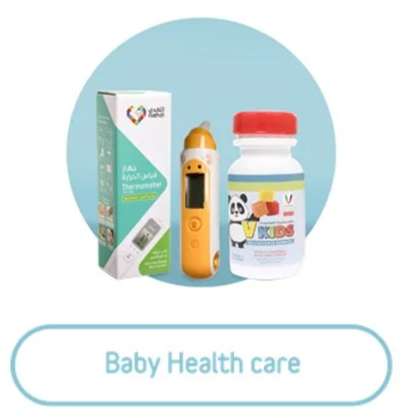If your child is bitten or stung by an insect, don’t fret. The symptoms are usually mild and easy to treat at home. Plus, with our handy tips, you can reduce the likelihood of it happening again.
Treatment
Bites and stings cause a swollen red lump to develop on the skin, which can become painful and itchy (and turn an otherwise angelic child into a grumpy little monster!). If the sting or tick remains in the skin, safely remove it. The symptoms will usually improve by themselves within a few hours.
To soothe them right away, you can:
- Wash the affected area with water and a mild soap
- Apply a cold compress for at least 10 minutes
- Keep the area raised, if possible
- Don’t scratch or pick! Scratching can exacerbate the area and increases the risk of infection, but we know that it’s not so easy to get a baby or toddler to resist the urge when they’re agitated by itchiness. You can help them by clipping their nails short and filing them smooth
- Apply a soothing cream such as calamine or hydrocortisone to help reduce itchiness
- Apply an antiseptic cream to help prevent infection
- Offer a painkiller such as paracetamol or ibuprofen to reduce soreness
- Administer an antihistamine for more severe symptoms
Remember:
-If your child’s symptoms do not start to improve within a few days or are getting worse, you should visit your doctor.
-Before using any medicines, seek advice from a medical professional such as a doctor or pharmacist. Always check the label for instructions such as how much to use and whether or not the medicine is suitable for your child’s age and weight.
Prevention
- Remain calm – tempting as it is to wave your arms around or try to swat bugs, this threatening behavior will make them more likely to bite or sting
- Avoid insect hangouts such as open water, garbage cans, flowering plants, compost and outdoor areas where food is served
- Keep food and drink covered, especially sweet things, when you’re eating outside
- Cover exposed skin with long sleeves and trousers and opt for closed-toe shoes, but avoid dressing your child in bright and dark colors or those with floral patterns, as they attract insects
- Close doors and windows or use insect nets
- Apply insect repellent sparingly to clothing and exposed skin* (avoid hands, faces and any broken skin; don’t reapply it unless needed; and wash the product off when your child comes inside)**
TIP: insect repellents are not suitable for children under 6 months old, but there’s no need to stay cooped up if you invest in a special insect net for your stroller!
-Don’t use heavily perfumed products such as soap, shampoo, deodorant or clothes detergent
-Avoid being outside at dawn and dusk, when mosquitoes are most active
-Never disturb nests
Serious symptoms
Call for an ambulance if your child displays symptoms of a severe allergic reaction:
- Breathing difficulties
- Wheezing
- Dizziness or feeling faint
- A swollen face, mouth or throat
- Nausea or vomiting
- An increased heart rate
- Loss of consciousness
Visit your doctor if your child has:
- Multiple stings and bites or any near the eye(s)
- Signs of infection such as a large skin rash or swelling, or skin at the site of the bite that is warmer to the touch than usual
- A bite or sting in or near the mouth or throat (swelling can block the airways)
*Ask your pharmacist to recommend a product that’s suitable for children
**If you need to apply sunscreen to your child, do it at least 20 minutes before applying insect repellent



